Fredrikstad is a city in Eastern Norway close to the border with Sweden. Here's what you need to know about this historic city.
The Life in Norway tour of the country continues! I'm just back from Fredrikstad, a city I've visited twice before but they were only brief visits. This time, I stayed for several days to get a better feel for the place.
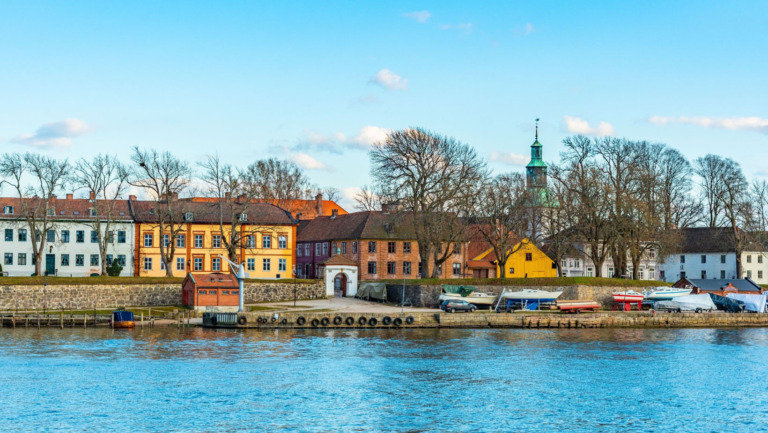
In mid-June, the temperature rose to 30C. Such high summer temperatures are always a challenge in Norway, where buildings are designed to retain heat rather than cool down!
Locals were looking over their shoulder at nearby forest fires, which have impacted large parts of Norway so far this summer. Restrictions on lighting grills have also been introduced.
Still, I managed to get out and about, get to know the city and chat to some locals so I can introduce you to the city. Let's start with the basics.
Introducing Fredrikstad
Home to 84,000 people, Fredrikstad municipality is the largest city in Østfold county. It's a one-hour train journey from the capital city Oslo.
Fredrikstad is a former host of the Tall Ships' Race, and a previous winner of the national award for most attractive city. The annual government award is based on social, economic and environmental factors.
Now, let's discover more about the city with these fascinating Fredrikstad facts.
1. Fredrikstad is named after a Danish King
The name Fredrikstad literally translates to Fredrik's place. During the time of Danish rule in Norway, Frederick II served as King from the age of just 24 until his death in 1588, aged 53.
Frederik II Videregående skole, one of the largest schools of its kind in Norway, is also named after Frederick.
2. The city was founded in 1567
The city was founded by Frederik II in 1567 following a major fire in Sarpsborg, a little farther up the river. It was built as a fortress town to protect Norway against the risk of invasion from Sweden.
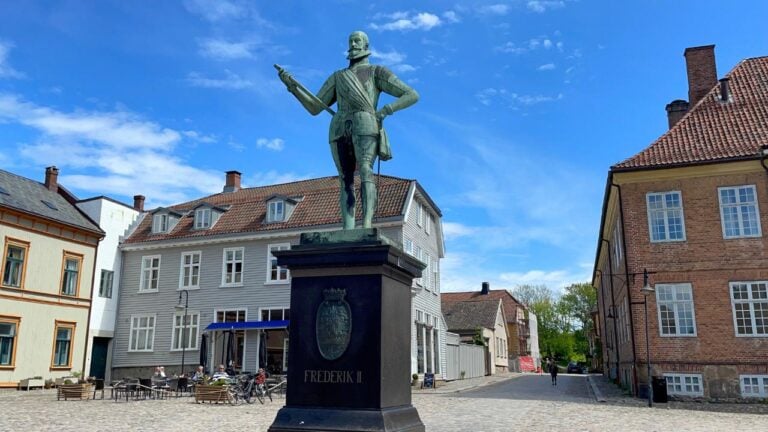
Despite being founded by and named after Frederik, the King of Denmark-Norway never actually visited the city after signing the Royal charter.
3. The old town is the best of its kind in Northern Europe
Fredrikstad is home to the best-preserved fortified town in Northern Europe, known as Gamlebyen (the Old Town). A walk here is a must-do for all visitors.
However, this is no museum! It's very much a site of living history. More than 300 people live in the old town and are fiercely proud of their homes. Locals work hard to maintain the streets and buildings as much as possible to their original 17th-century designs.
4. The fortress is modelled on the Italian style
Positioned to the east of the old town, Kongsten Fortress stands guard on the small cliff of Galgeberget.
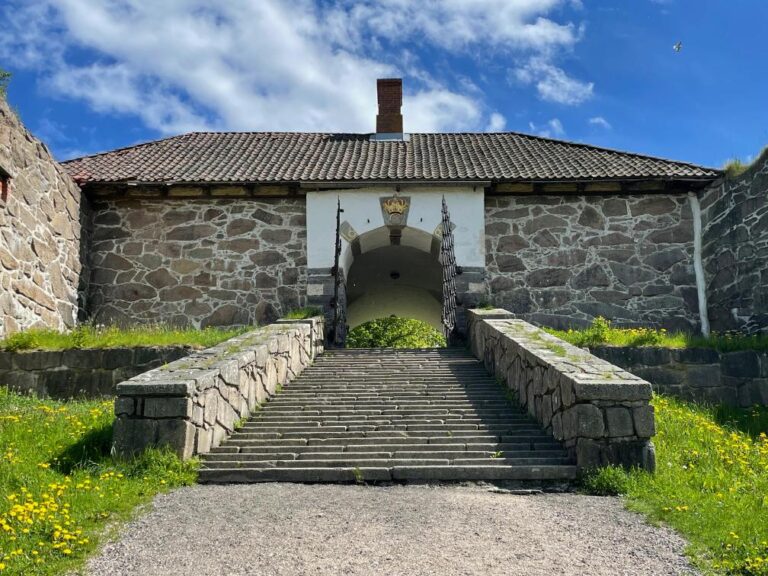
Its construction dates back to approximately 1680, when it was designed with time-honoured Italian concepts of fortification. Kongsten fortress incorporates elevated bastions, hornworks, and redans as defensive measures against potential invaders.
Military tacticians recognised the strategic significance of this small hill. If seized by the enemy, it would offer a superior vantage point for their artillery, considerably amplifying the reach of their cannon fire.
4. It's at the mouth of Norway's longest river
Fredrikstad is situated at the mouth of the Glomma River, which is the longest river in Norway. This strategic location–entering the Skagerrak about 20 km from the Swedish border–has played a significant role in the city's history and development.
5. The city used to be famous for its timber
During the 19th century, Fredrikstad used to have a large sawmill industry. It was home to several steam-powered riverside saws. The railway arriving in the city in 1879 spurred further growth in the industry.
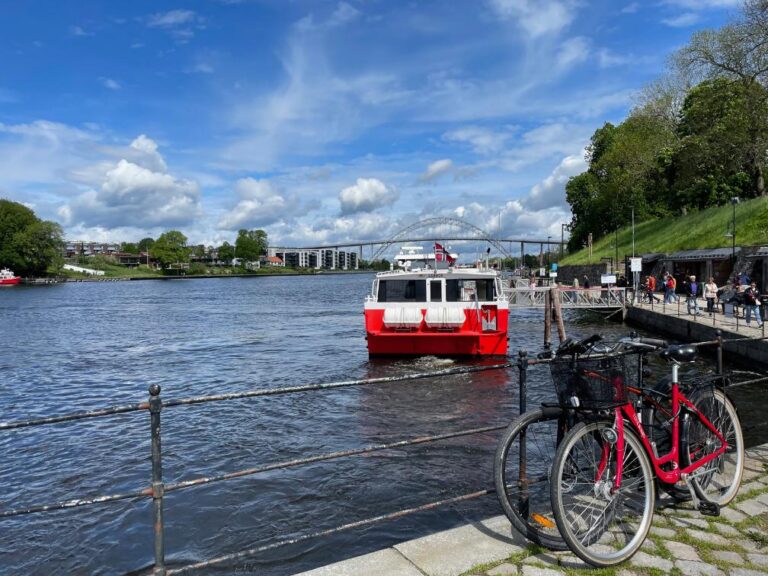
Although the city served as an important harbour for timber export, its success wouldn't last long. As wood processing industries modernised in the early 20th century, the city's principal industry began to decline.
6. Fredrikstad was a shipbuilding centre
Given its favourable location and port facilities, various industries took over from timber. The most notable of these was shipbuilding, with Fredrikstad Mekaniske Verksted becoming one of Norway's most important shipyards.
7. The city operates free ferries
Fredrikstad's old town, the modern city centre, and some of its residential areas are separated by water. As such, small passenger ferries are a vital part of the city's public transport.
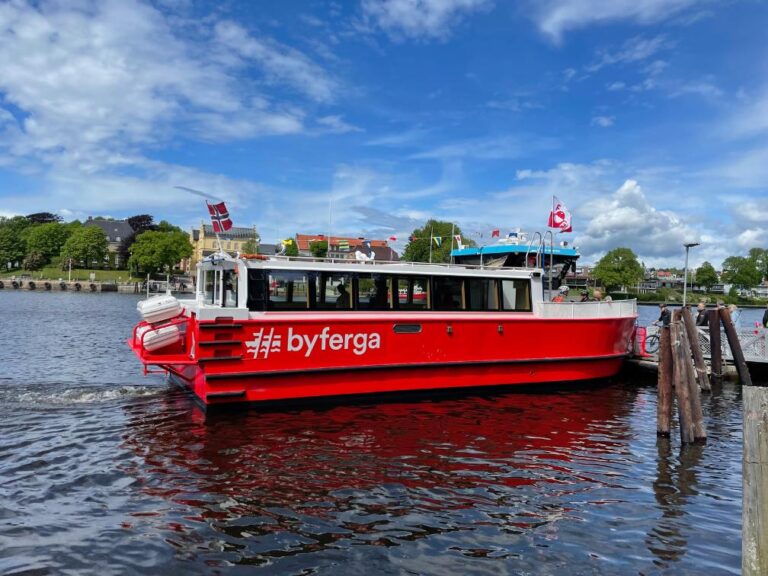
The city passenger ferry system used to require payment, but no longer. Since becoming free, passenger numbers have increased dramatically.
8. Fredrikstad is a poster city for recycling
Fredrikstad has become a centre for recycling in Norway. Facilities in and around the city recycle all of Norway's batteries and metals. It hopes to become a leading light in plastic recycling too.
The city is a partner in the Horizon Europe research project TREASoURcE. The project aims to develop systemic circular economy solutions in cities and regions for currently underutilised or unused plastic waste, end-of-life electric vehicle batteries and bio-based waste and side streams.
9. Its football team has fallen on hard times
Founded in 1903, Fredrikstad's football club (FFK) is one of the most successful in Norwegian football. They count nine league titles and eleven Cup wins among their honours. However, they've not won a major trophy since 2006.
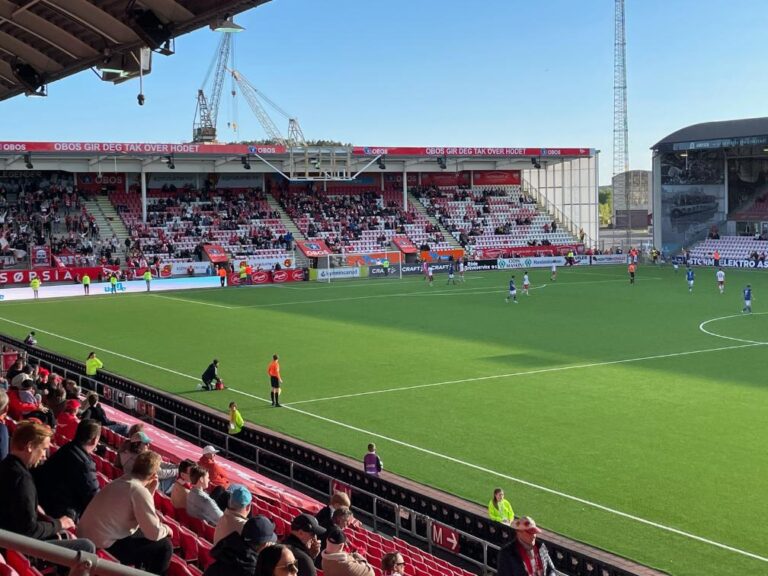
Since suffering relegation in 2012, Fredrikstad has played outside the top division of Norwegian football. They even spent three seasons in the third tier, returning to the second level after winning 17 of their 19 games in 2020.
At the time of writing, FFK is battling for promotion back to Eliteserien. Will top level football once again be played at Fredrikstad Stadion? Only time will tell.
10. There are many churches
Considering its relatively small size, Fredrikstad seems to have a lot of churches. Downtown, you'll find Fredrikstad cathedral with space for more than 1,000 people. In its shadow stands St. Birgitta Catholic Church.
On the other side of the city centre, the attractive 19th century brick-built Glemmen church was built as a replacement for Old Glemmen Church. The latter, a romanesque-style church built in the 12th century, stands outside the city centre and is almost certainly the oldest building in the city.
In the old town, Østre Fredrikstad church is an 18th century landmark with space for more than 400 people inside.


